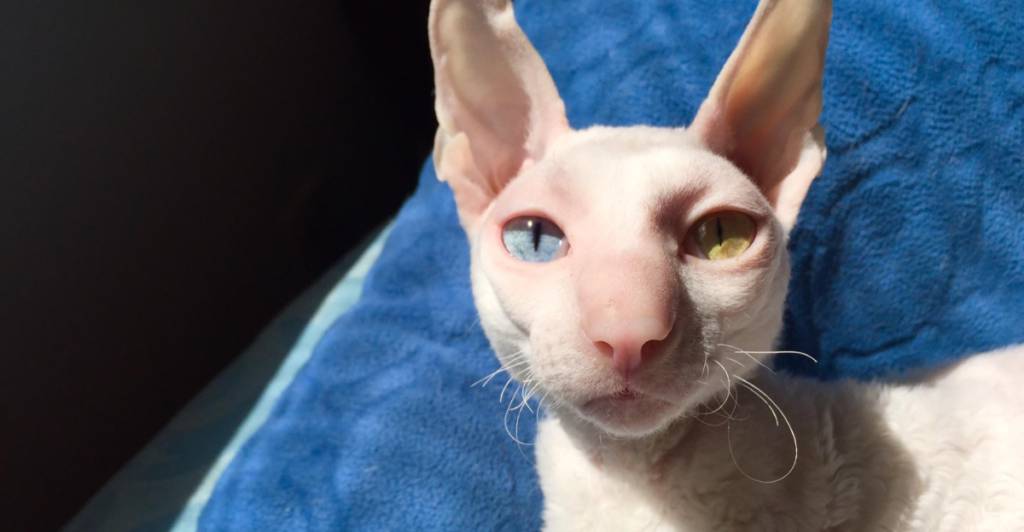
The term “rare cat breeds” refers to cats that are not commonly found, either because they come from a specific geographic area or because they have unique genetic traits. While most cats enter the U.S. as mixed breeds, pedigreed cats represent only 2–4% of owned cats, according to the Cat Fanciers’ Association (CFA).
However, amongst this select few are some breeds that garner attention due to their extreme scarcity, unusual origins, or fascinating characteristics. Some cats necessitate specialized breeding programs to maintain their characteristics, or they have some historical importance that makes them rare.
This list highlights nine rare breeds, and you may not see many of them in American homes. Each offers a glimpse into the diversity of feline genetics and the stories behind their development.
1. Norwegian Forest Cat
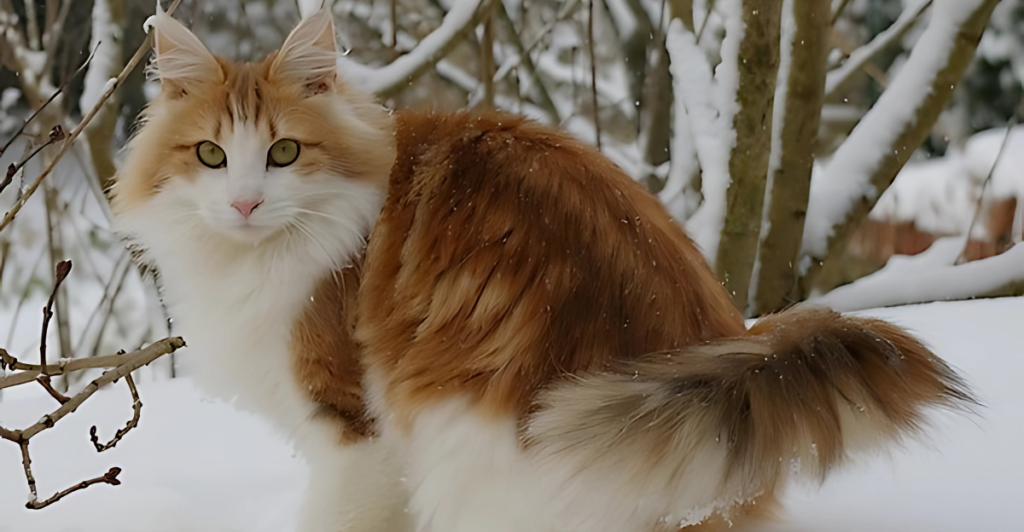
The Norwegian Forest Cat is a beautiful breed with a thick, water-resistant coat that is made to enudre the harsh winters of Scandinavia. Thought to have traveled with the Vikings as ship mousers more than a thousand years ago, they are a breed featured in Norse mythology.
These animals may look wild and are large in size, but they are gentle and affectionate and, therefore, make great family pets. They were brought to the U.S. in the 1970s but still are quite rare because of their European origins and limited breeding programs.
Cats are in high demand by cat enthusiasts because of their rugged beauty and calm demeanor, but their scarcity ensures they remain an uncommon sight in American homes.
2. Cornish Rex
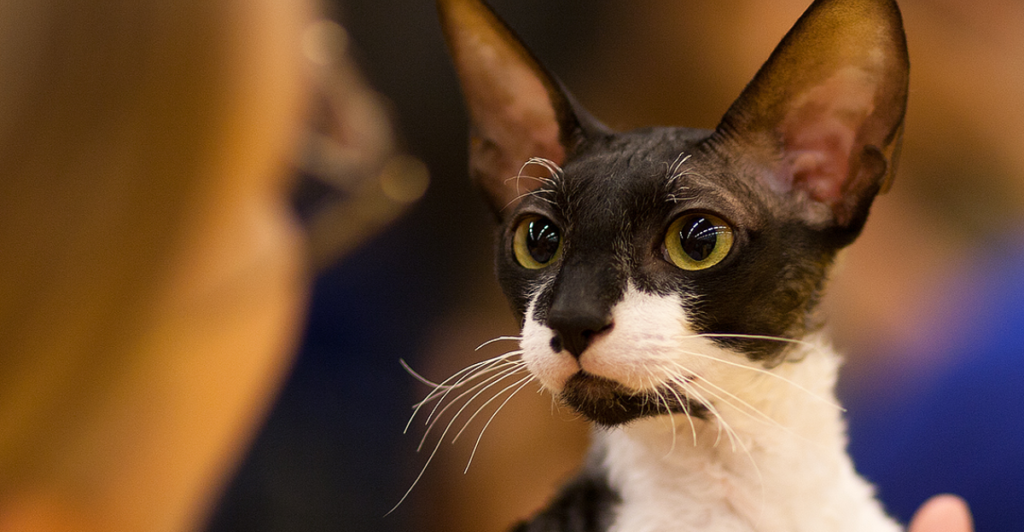
The Cornish Rex is a unique breed with a soft coat of curls that feels like velvet and an elegant frame reminiscent of ancient Egyptian cats. They are playful and kitten-like in their behavior throughout their lives. They originated in Cornwall, England, during the 1950s as a result of a spontaneous genetic mutation.
Unlike most cats, the Cornish Rex lacks guard hairs in its coat, which gives it its distinctive texture. It is rare in American homes due to the specific breeding required to maintain this mutation and its relatively recent introduction to the U.S. For those who own one, the Cornish Rex offers endless entertainment and affection but requires careful attention to its unique grooming needs.
3. American Bobtail
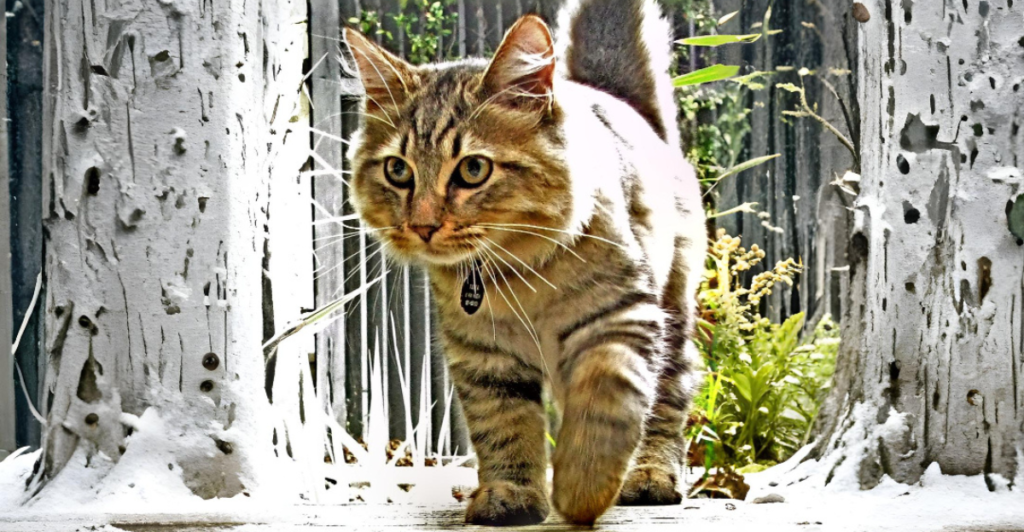
One of the striking features of the American Bobtail is its short tail, a genetic mutation that occurs naturally. Originally developed in the 1960s out of feral domestic cats with bobbed tails, this breed has a wild appearance that belies its affectionate and dog-like personality.
American Bobtails are intelligent and social cats that thrive off of bonding with their families and even enjoy going for walks on a leash. Despite their appeal, they are still uncommon because of limited breeding programs to preserve their unique qualities.
Despite their appeal, they remain rare because of limited breeding programs focused on preserving their unique traits. Their rarity also stems from their relatively recent recognition as an official breed by major cat associations, such as The International Cat Association (TICA) in 1989.
4. Balinese Cat
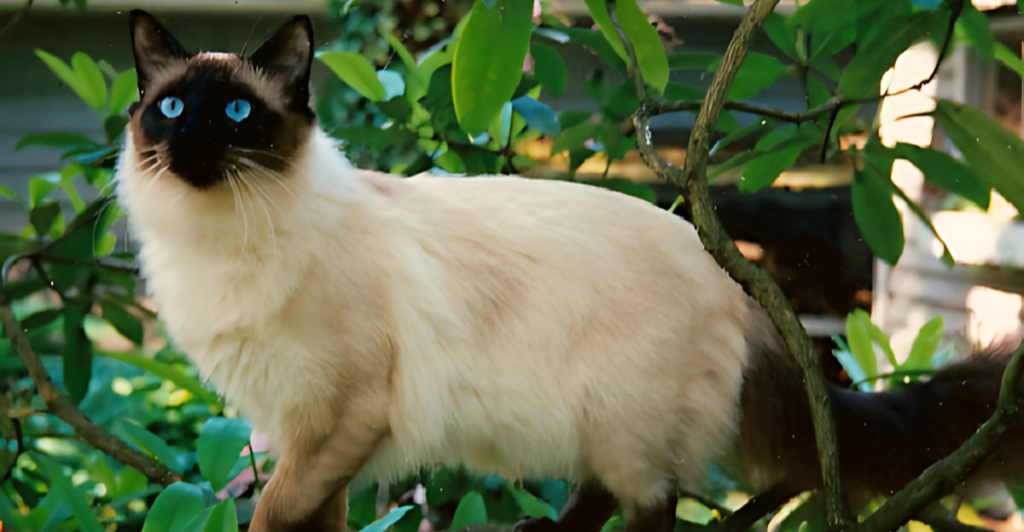
The Balinese is often described as a long-haired Siamese cat, but it has distinctive traits that make it its own breed. Greatly admired for its silky fur and sapphire-blue eyes, this breed exudes elegance while maintaining the Siamese’s outgoing and vocal personality.
The Balinese first appeared in the mid-20th century, when long-haired kittens occasionally appeared in Siamese litters. Breeders selectively developed these kittens into what we now know as the Balinese.
Strict breeding standards focused on desirable traits without compromising health and temperament contribute to their rarity. These felines thrive on human interaction and are ideal for families who can provide them with constant companionship.
5. Korat
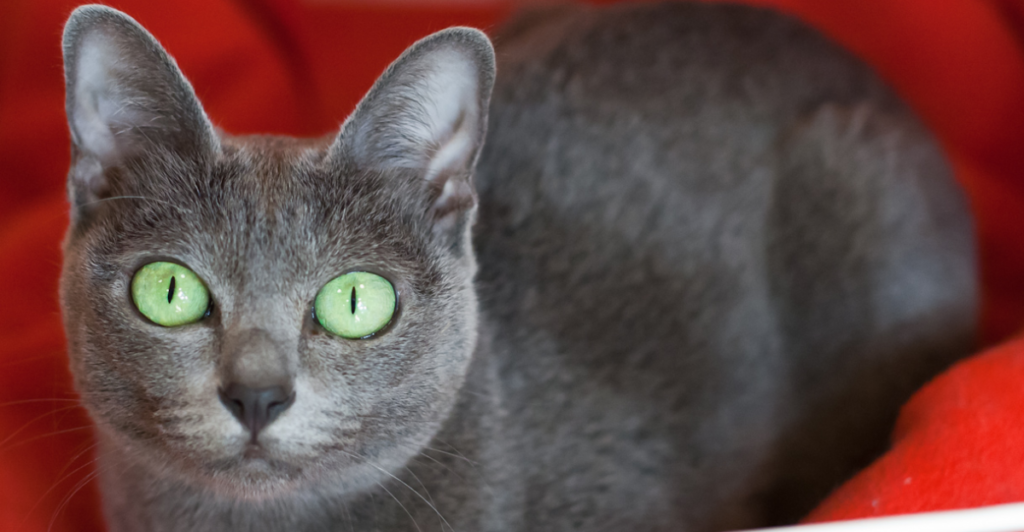
Originating from Thailand, the Korat is an ancient breed that holds deep cultural significance to the Thai people as a symbol of good luck and prosperity. Known for its glistening silver-blue coat that shimmers in the light and its heart-shaped face with vivid green eyes, this breed has been celebrated for centuries in Thai folklore and ceremonies.
Korats were introduced to America in the late 1950s but are still rare and subject to strict breeding guidelines that help keep their lineage’s purity. Unlike breeds created through crossbreeding or mutation, Korats have had little genetic variation over time, making them among the oldest natural breeds still recognized today.
6. Japanese Bobtail
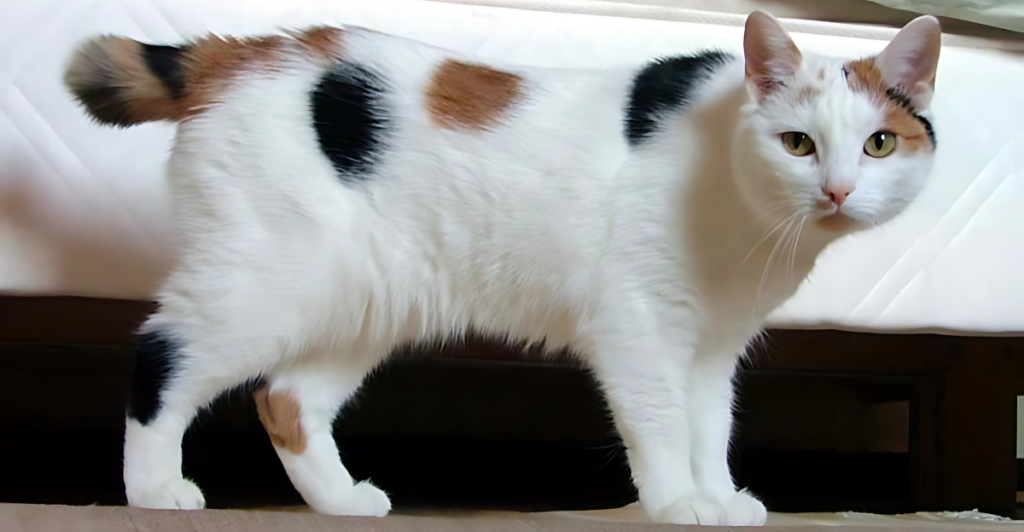
The Japanese Bobtail is a rare breed with an iconic short tail resembling a pom-pom, which is the result of a natural mutation present in Japan for centuries. These cats are deeply ingrained in Japanese culture as symbols of good fortune, often depicted in traditional artwork and as the inspiration for the famous “Maneki-neko” (beckoning cat) figurines.
Japanese Bobtails are very playful, intelligent cats. They are highly interactive companions that enjoy engaging with humans and other pets. Their rarity outside of Japan stems from limited breeder networks globally and strict standards for maintaining their unique tail structure while ensuring healthy litters.
7. Peterbald
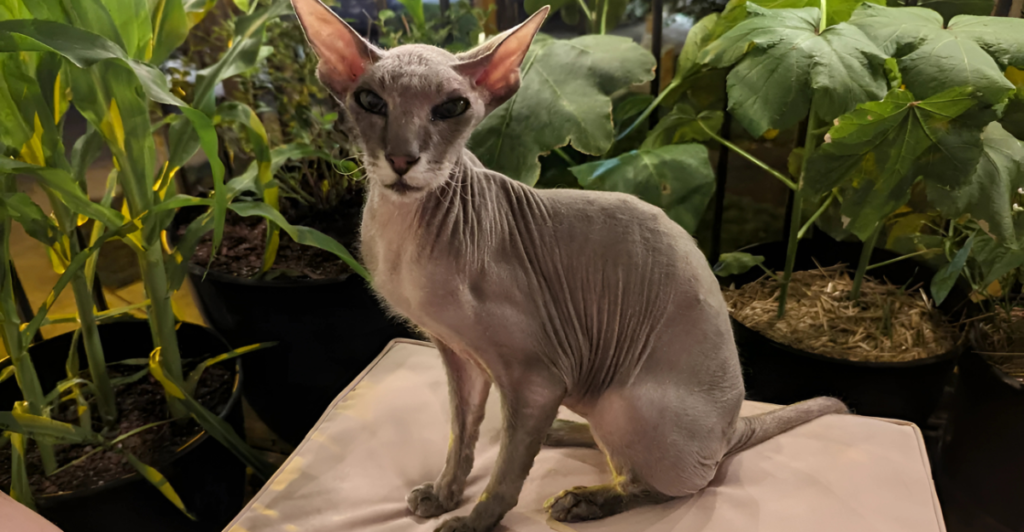
The Peterbald, one of the newer rare breeds on this list, originates in Russia in the early 1990s by crossing Oriental Shorthairs with Don Sphynx cats. Recognized for its hairless or nearly hairless body—sometimes covered in fine fuzz—the Peterbald has an elegant silhouette and inquisitive personality that captivates cat lovers far and wide.
Unlike other hairless breeds, such as the Sphynx, Peterbalds retain some fur in varying amounts of coverage throughout their life stages as a result of genetic diversity in the breed’s foundation stock. They are still rare due to a lack of breeders outside Russia and high demand among enthusiasts looking for hypoallergenic pets.
8. Highlander
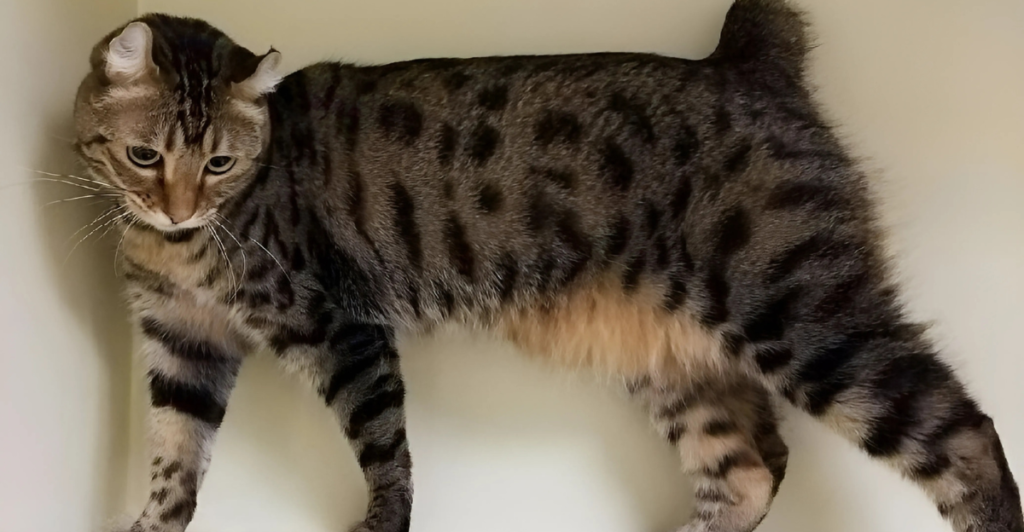
An exotic-looking breed, the Highlander was developed in the early 2000s by crossing Jungle Curls and domestic cats, resulting in a playful yet affectionate companion with wildcat-like features. Among its most distinctive features are curled ears and a bobbed tail that gives it an unmistakable appearance reminiscent of lynxes or other wildcats.
Despite its striking looks, the Highlander is known for being gentle and sociable with humans and other animals alike. The rarity stems from niche appeal among breeders focused on maintaining these unique physical traits while ensuring good health across generations.
9. LaPerm
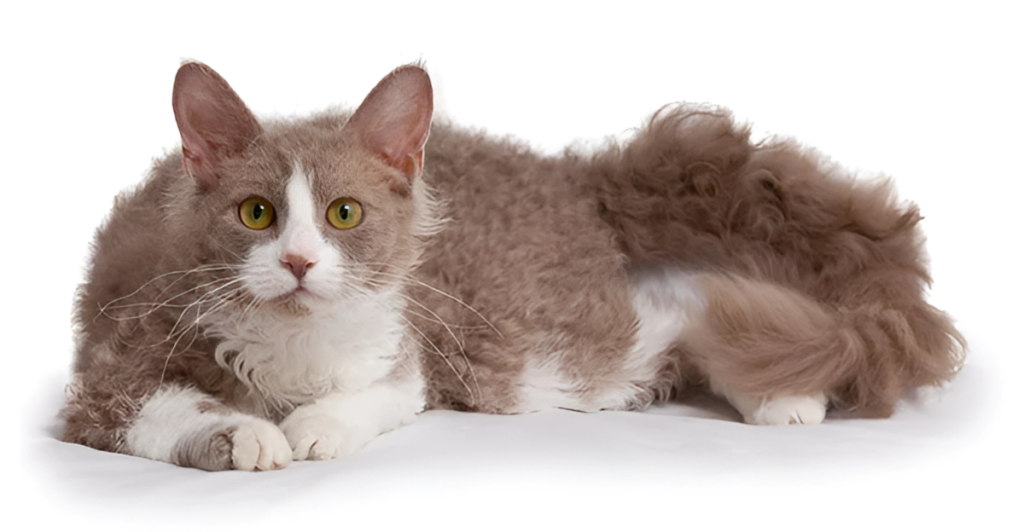
LaPerm cats are instantly recognizable by their curly or wavy coats, a result of a spontaneous genetic mutation discovered on a farm in Oregon in the early 1980s when a litter of barn kittens included one with an unusual fur texture.
Over time, breeders selectively developed this mutation to create what we now know as LaPerms: affectionate companions who require minimal grooming despite their coats’ unique appearance.
This rarity is due to the limited number of breeders in the global market along with the relatively low public awareness of them compared to more common curly-coated breeds such as Devon Rex or Selkirk Rex.
Explore more of our trending stories and hit Follow to keep them coming to your feed!

Don’t miss out on more stories like this! Hit the Follow button at the top of this article to stay updated with the latest news. Share your thoughts in the comments—we’d love to hear from you!







